Two accessible Canal 22 documentaries will release this weekend
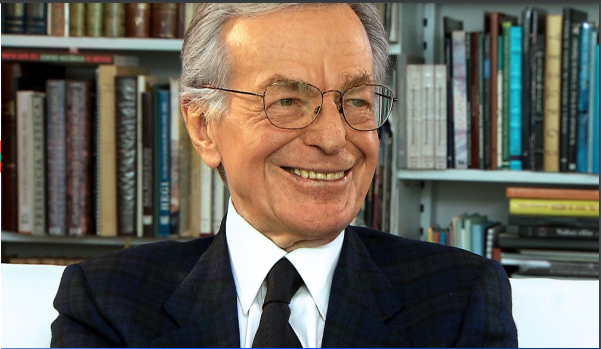
For this month, you will be able to see the documentaries "Los Guadalupes, una sociedad secreta en la independencia" and "Jacobo Zabludovksy, un hombre tras la noticia”.
Dicapta joins POV to provide accessibility for their 35th season
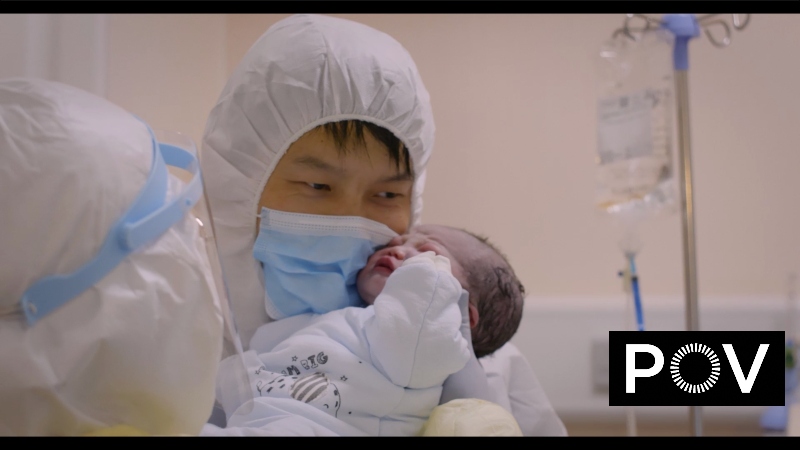
Dicapta celebrates joining POV to provide the audio description for the fourteen films of its 35th season.
Kelvin Corsby is TikTok's star Potter - Deafblind Awareness Month
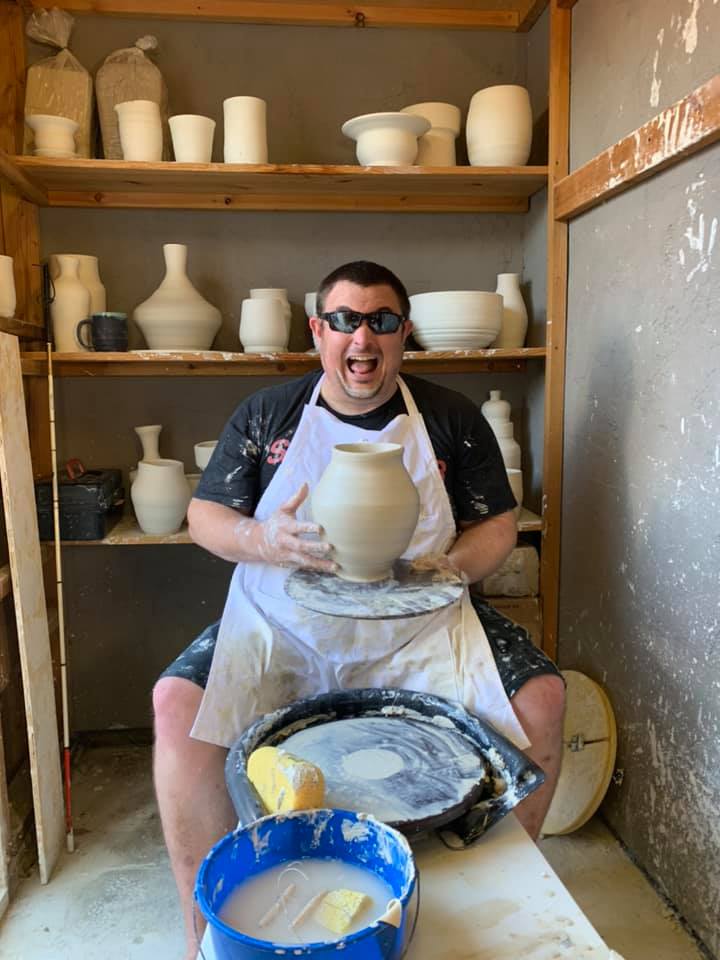
During deaf-blind awareness month, we at Dicapta have decided to put the spotlight on some figures of the deaf-blind community. This time, we are going to share the story of Kelvin Crosby, the DeafBlind Potter.
Alexandra Adams will be the UK's first Deafblind Doctor - Deafblind Awareness Month
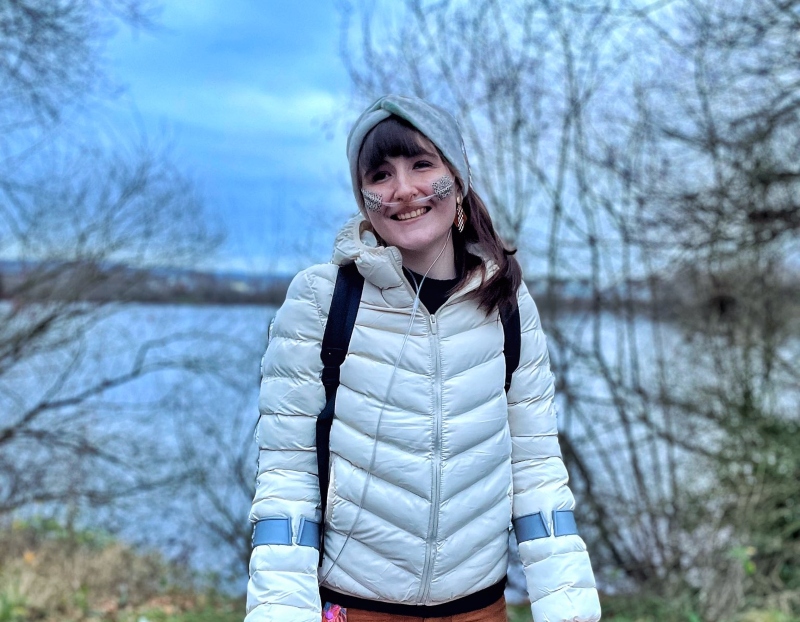
During the deafblind awareness month, we at Dicapta decided to put a spotlight on some outstanding figures of the deafblind community. On this occasion, we want to talk about Alexandra Adams, a med student, traveler, and social media figure.
Dicapta and KET will work together to provide more accessible transitional content
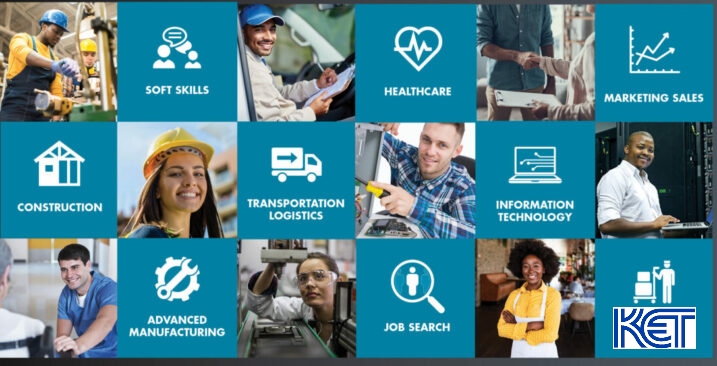
Dicapta and the Kentucky Educational Television (or KET) are working together (with the funding of the Department of Education) to make several of KET's educational shorts fully accessible by including audio description and close captions.
Cody Colchado is a Powerlifitng Legend- Deafblind Awareness Month
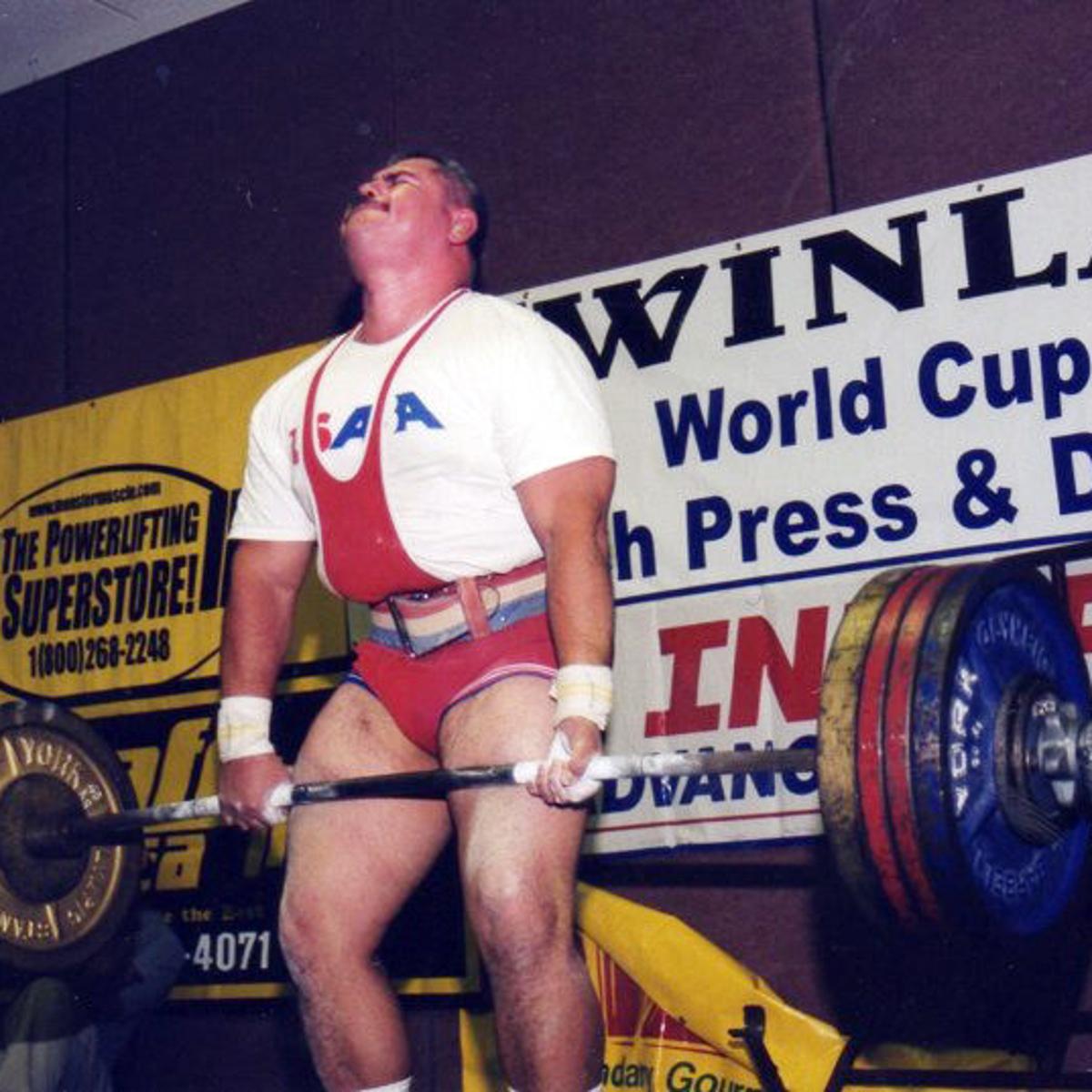
During the deafblind awareness month, we at Dicapta decided to put a spotlight on some outstanding figures of the deafblind community. On this occasion, we want to talk about Cody Colchado Jr, an incredible powerlifter.
Dicapta and the DCMP strengthen their collaboration
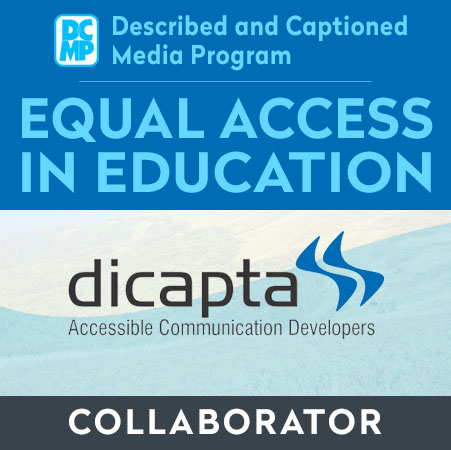
"Experiencing the world, one dance at a time" is the premise of "Bare Feet by Mickela Mallozzi," the Emmy Award-Winning show that has 4 of its seasons with full accessibility.
WIPR, a Puerto Rican Educational and Cultural Channel, joins EnhAcceSS
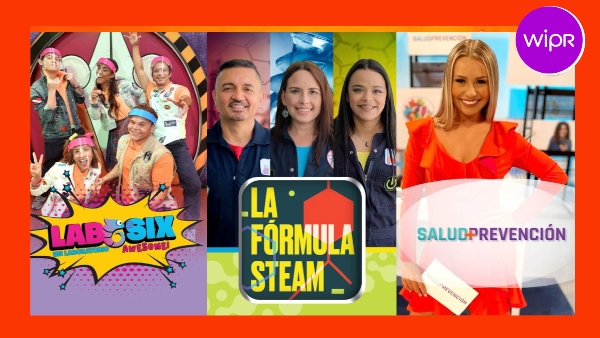
We welcome our new fantastic Television Partner: WIPR. This channel joins us in our initiative Enhanced Access to Video for Students with Sensory Disabilities through Emerging Technology (EnhAcceSS), funded by the U.S. Department of Education.
Teach Access Faculty Grants Program is Now Open
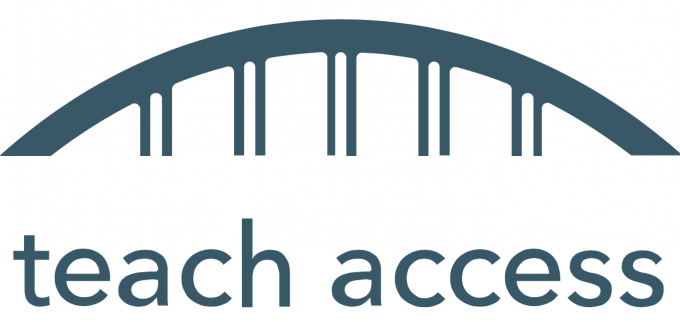
This is the 4th round of the Faculty Grants Program. So far, 43 faculty members have received grants through this Program.
